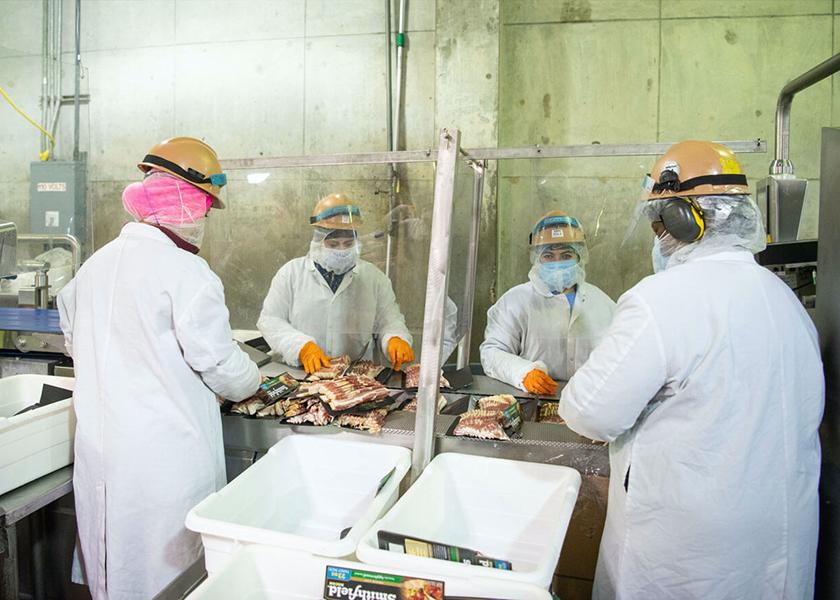Nalivka: Packers, Politicians and Misunderstood Meat Industry Economics

For lack of a better word, I would say that I get concerned when there are Congressional hearings to assess if an industry or markets are working. There always seems to be a scapegoat and new regulations and greater oversight. Then down the road, there will be a replay and the entire process is repeated, perhaps just to once again “fix” the last “fix.”
This is politics at work. The problem is that the private sector has to deal with those new regulations and their associated costs which more often than not will be passed along to consumers and voters. So, we have the U.S. livestock and meat industry in hearings to assess if and why the market is not working.
Rather than running to the politicians to solve a problem, perhaps the better strategy might be to gather a plan to create a better understanding of the economics of the industry. The beef supply chain begins at the ranch and ends at the retail supermarket or restaurant, both here in the U.S. and in U.S. export markets, where the consumer makes the final purchase. Needless to say, there are many negotiated bids and offers, forward contracts, and formula prices that occur prior to the final point of sale. It’s a complex market system and perhaps, not easily understood, yet, one that needs to be understood if you are to affect your bottom line.
As product moves up the beef supply chain value is continually added beginning with a newborn calf, to a weaned calf, to a feedlot, to the packing plant, to a box of fabricated beef cuts or a package of ground beef, and finally to a package of meat in the supermarket, a steak at a sit-down restaurant or a burger at a fast-food restaurant. It requireds each of the activities along the entire supply to create and/or produce that final value-added beef product.
Understanding the workings of the supply chain can go a long way toward knowing what it takes to more than just participate in the value-added equation not just as a supplier of cattle, but as a recipient of some share of value-added product. I have said for years, owning that calf’s mother and creating value is only the beginning to the value-added process. Participation in a program that captures the value of that calf beyond the ranch is the goal.
Achieving the goal of capturing value beyond the ranch begins with understanding the market mechanics of the supply chain and acting on opportunity rather having hearings to “make the market work better.”
And, just as a final question – are beef prices too high or are consumers too accustomed to low-priced beef? I would submit that high-quality, safe beef should be worth more and current demand analysis indicates the consumer doesn’t seem to mind paying!
The opinions expressed here are those of John Nalivka is president of Sterling Marketing, Inc., Vale, Oregon.







